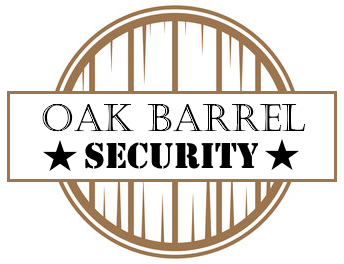Another zero-day patched just in time for no one to notice. Pour yourself a glass of bourbon and brace for the same tired arc you keep seeing in vendor press releases – big names, bigger promises, zero accountability.
What happened
The security drumbeat this morning is simple: Broadcom allegedly failed to disclose a zero-day exploitation in VMware software, a vulnerability that could let an attacker elevate privileges on VMware Aria Operations and VMware Tools. In plain English, that means a bad actor could move from guest to god-mode in your virtualization stack if they ever got in. The vendor response so far reads like a corporate apology wrapped in marketing collateral, not a real plan to stop the bleeding. And yes, the usual chorus of “depends on the threat model” from vendors who never seem to patch their own models in time deserves a slow clap at best.
Why this matters
This is not just another CVE name on a slide deck. Privilege escalation in a virtualization layer is the kind of thing that makes the entire data center exhale its last bit of trust. If a cloud-adjacent admin can weaponize a flaw to own the VM, you don’t just lose data – you lose control. The effect ripples outward: downstream products relying on VMware components, security controls that assumed patching was a one-and-done, and executives who still think patch Tuesday is a myth. It’s the classic show-me-the-money moment where the money is in not getting owned, and the show is run by people who still think “secure by obscurity” is a viable strategy.
What this reveals about vendors and CISOs
What you should do now
First, verify whether your VMware components are in scope for the disclosed zero-day and apply any available mitigations or patches. Second, re-verify access controls and prune admin roles – the attackers will go where the doors are wide open. Third, enhance monitoring for unusual privilege escalations within the virtualization layer and tighten network segmentation around critical assets. Finally, demand better disclosure practices from vendors and insist on ongoing visibility into risk management rather than a glossy press release after the fact.

